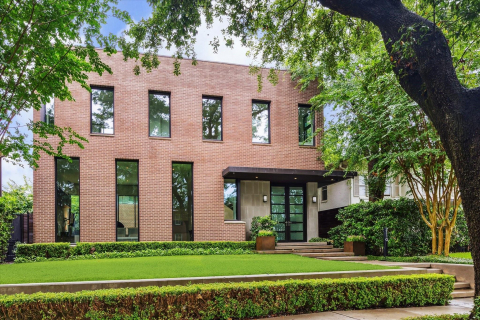Radical Designers Get a Moment at MFAH That Could Only Happen in Houston — When Rebels Finally Have Their Day
Stepping Into a Wonderland of Fantastical Objects
BY Tarra Gaines // 02.27.20Fulvio Ferrari's "Ameba" Lamp, Bruno Contenotte's "Light Object" and Gaetano Missaglia's "Spazio" Lamp illuminate the journey into wonderland. (Photo by Tarra Gaines)
Every generation births a new set of brazen artists who hope not just to create but to change the world with those creations. Yet across time and cultures very few have sought political and societal revolution via polyurethane foam foot-shaped lounge chairs or ambient tubular lighting inspired by pool cleaner hoses. Sometimes rebellion breeds protest and sometimes, such as for young Italian artists, architects and designer in the mid-1960s to the mid-80s, that protest becomes plans and prototypes for wonderland spaces and interiors for futuristic living.
Now the Museum of Fine Arts, Houston makes a seemingly infinite residence for some of those fantastical objects and imagined spaces with the new exhibition Radical: Italian Design 1965–1985, The Dennis Freedman Collection.
Filled with the sublime and outrageous from furry furniture to Fiat-doored cabinetry to models of architectural dreamscapes and technological prototypes, the exhibition becomes both an introduction to the Italian Radical movement but also something of house-warming celebration as many of the pieces in the exhibition have now found a permanent home in Houston, Thanks to gifts and recent acquisitions, the MFAH now lays claim to the most important collection of objects and artwork from this Radical design period.
Design Rebels
The founding creative director of W Magazine and later the creative director of Barneys, Dennis Freedman has been a fanatical collector of this Radical work and has gifted about half of the 70 objects in the exhibition to the MFAH, lent a dozen for the exhibition, with the museum also making substantial acquisitions from the Freedman collection.
Coming out of the architectural schools, design studios and artists collectives in three major Italian cities, Florence, Turin and Milan during the turbulent 1960s, these revolutionary designers committed themselves to the art of protest though art.
So what exactly were these artists protesting? According to MFAH director Gary Tinterow, pretty much everything, including: “consumerism, the state, educational requirements, the church and political parties.”
“These artists were experiencing a lost of faith in institutions, in science, in certainty, in faith–religious and otherwise. They even lost faith in not just the meaning of life but even that life has meaningfulness. They questioned everything,” Tinterow noted in a walkthrough of the exhibition.
And that questioning sometime led to new ideas about the future of urban life and and spaces. Their very unorthodox answers came in the form of worm-eaten chairs and polyurethane foam sculptures of giant grass meadows.
“They wanted to provoke social change, creating extraordinary and sometimes very silly objects,” Tinterow says, while emphasizing the resilience of the absurd. “These object continue to fascinate today and they were tremendously influential.”
Through the Looking Glass
Tinterow aptly references Alice in Wonderland when describing Radical, and museum goers might feel they’ve willingly dived down the rabbit hole entering the Law building where a design dream world awaits.
For many exhibitions there’s a subtle art in installing the pieces so that viewers notice the art, not the necessary the arrangement. Radical is anything but unassuming and so the installation becomes a part of the design itself.
Just through the main entrance of the Law Building, visiting Alices will find a platform with a selection of representative pieces – that giant foam foot, a stair chair altar and a meadow of grass created for contemplative loafing. These choice pieces introduce some of the materials, collectives and themes found in the exhibition.
Then, a mirrored city rises and beckons we Alices onward for a wild adventure.
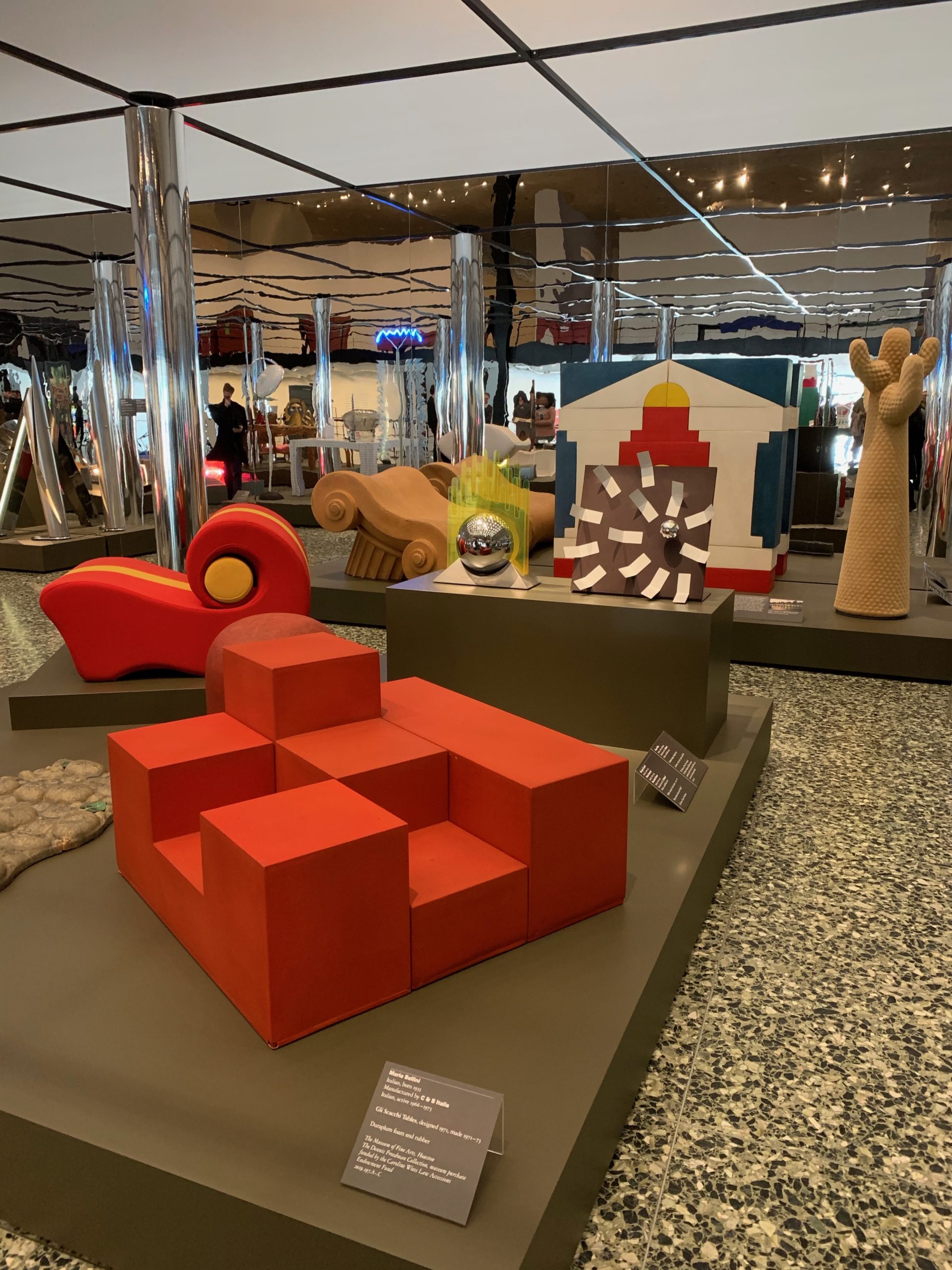
The MFAH called in Almost Studio of Brooklyn, New York, to work from an unrealized model by Archizoom Associati, an avant-garde architect group of the period. Their 1969 No-Stop City project envisioned a boundless interior urban landscape where individuals could build on hubs, creating communities.
Reflective walls and pillars both contain the objects, clustered thematically together on platforms, while also giving the illusion that the interiors have broken through dimensions to become infinite. With no single way to enter or exit, we willingly can become lost amid these Radical rooms filled with giant eyes, hubcap lamps, shimmering blue communication chairs and space-age packable dinner tables.
While only a few pieces in the exhibition were ever mass produced, their creative influence resonates today. “Everything here looks fresh,” Tinterow says.
The Art of Commerce
Cindi Strauss, the MFAH’s Sara and Bill Morgan Curator of Decorative Arts, Craft and Design notes the complexity of the individual works and the artists of the movement.
“There’s a lot of duality to many of these designers and objects because they have serious protest ideas behind them and the designers were not concerned, at the time, with the objects being reproduced or being sold and yet they still did need to make a living,” she says. “And indeed many went on to more commercial endeavors.”
“It was so important to each of these designers is that they saw these objects as communicators of their ideas, and that was, in many ways, the first and most important thing behind their designs, not the function.”
Freedman, who was on hand for the preview walkthrough, praised the museum for giving these artworks the housewarming they deserve.
“The Museum of Fine Arts, Houston is the only museum in American and maybe the world who would have committed the resources to mount the show,” he declares adding his hope this Houston exhibition will bring new appreciation and perhaps scholarly investigation into the Radical movement.
“This show will go a very long way to educate not just the public, but I’d have to say, even curators and other professionals about the true meaning of these works,” Freedman says. “This is not a period that is well understood. It’s actually very much misunderstood.
“It’s usually interpreted as playful, childlike, in fact it’s anything but. Most of the pieces are very strong in central, political, social statements and very much transgressive.”
Radical: Italian Design 1965–1985, The Dennis Freedman Collection runs now through April 26 at the Museum of Fine Arts, Houston.




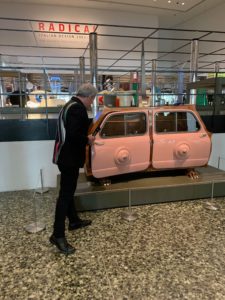
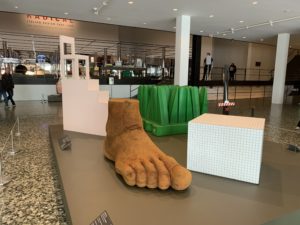
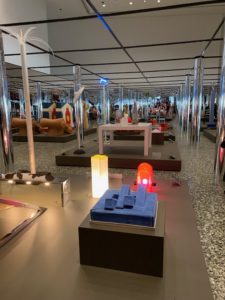


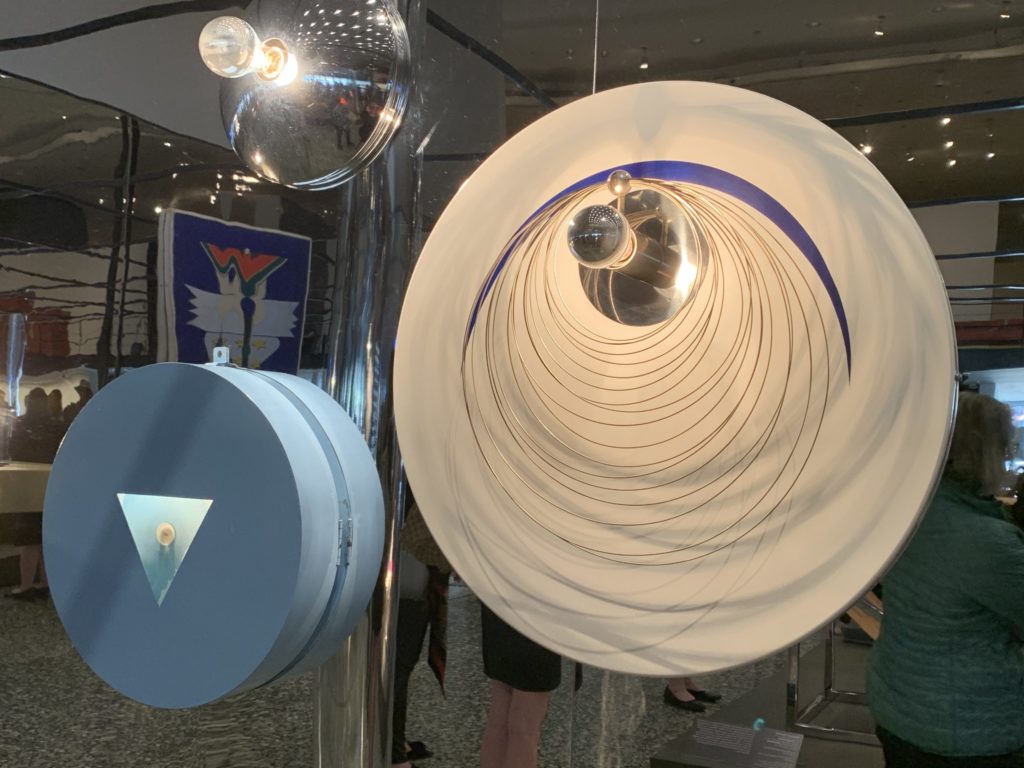
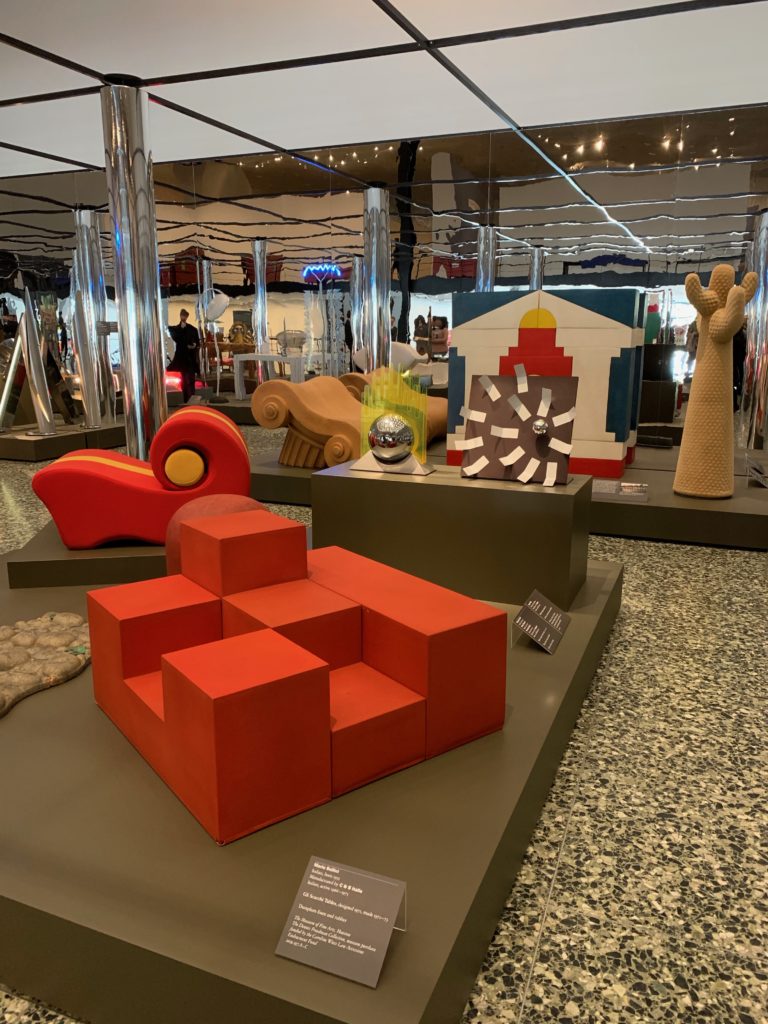
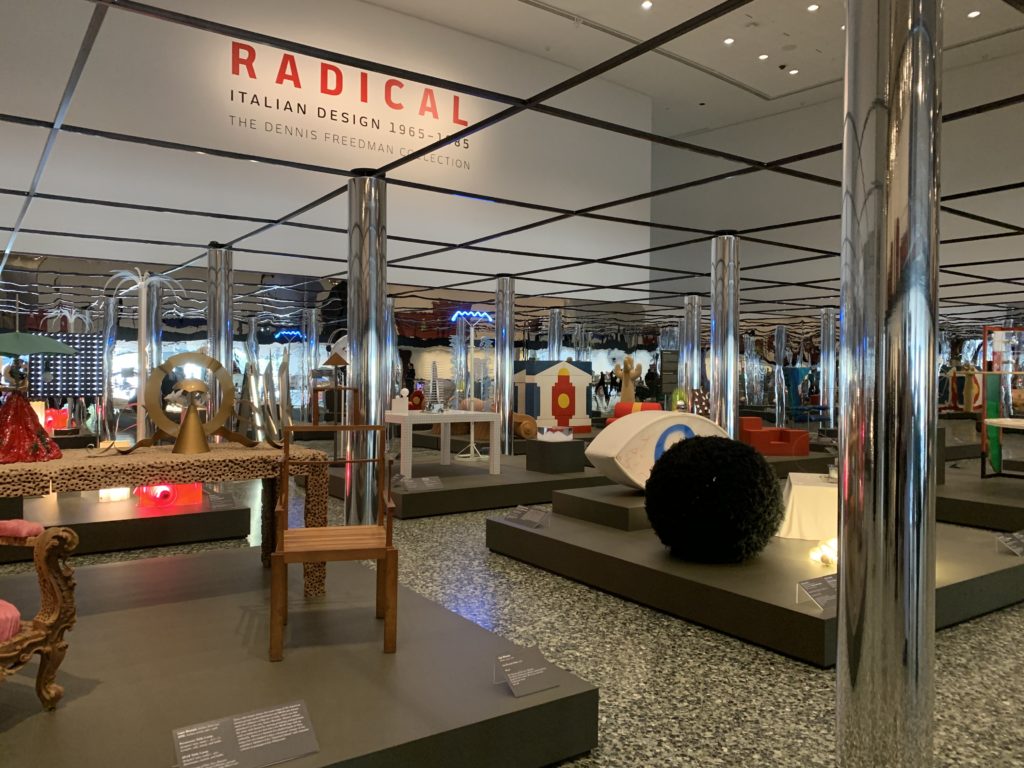

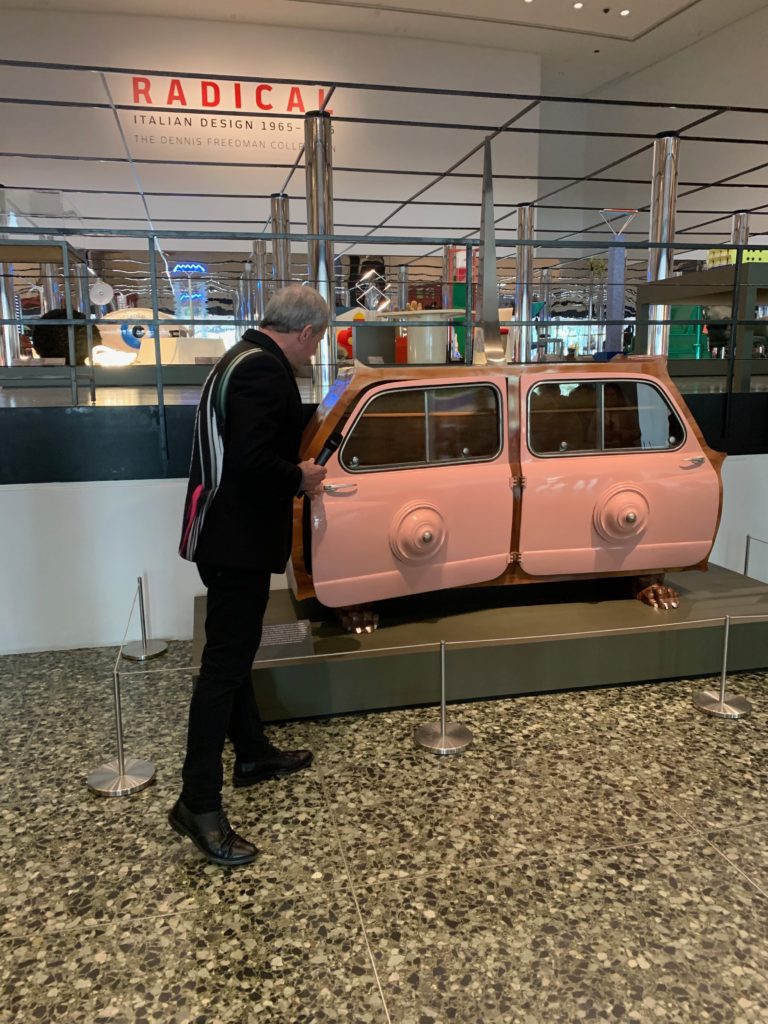

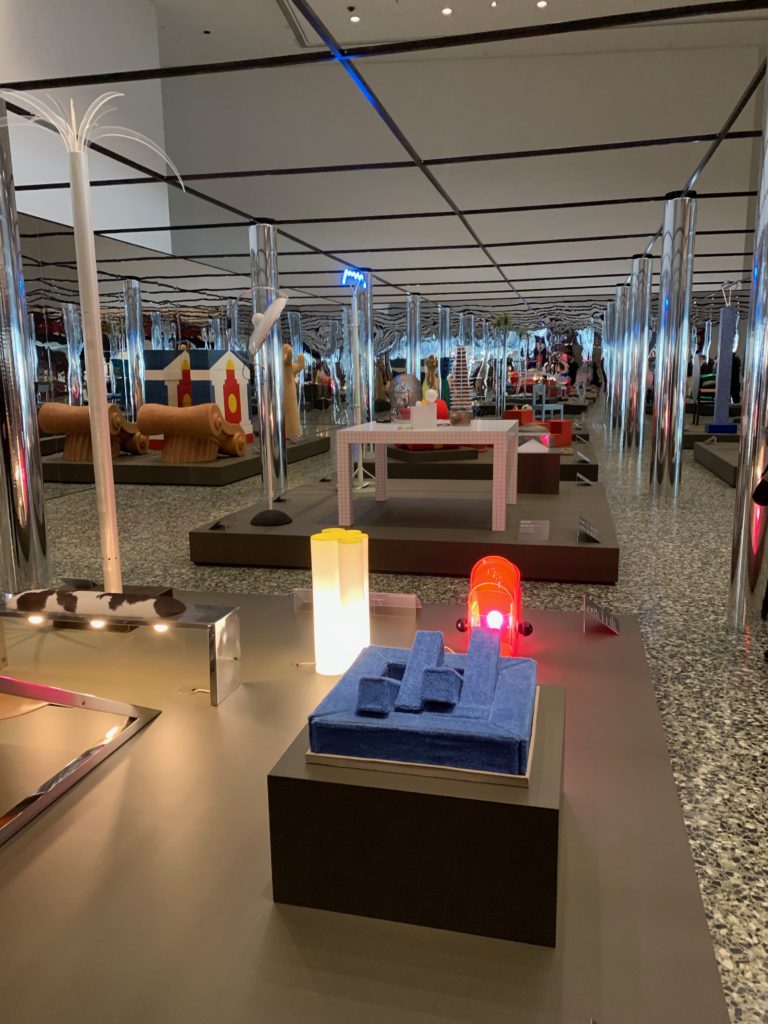
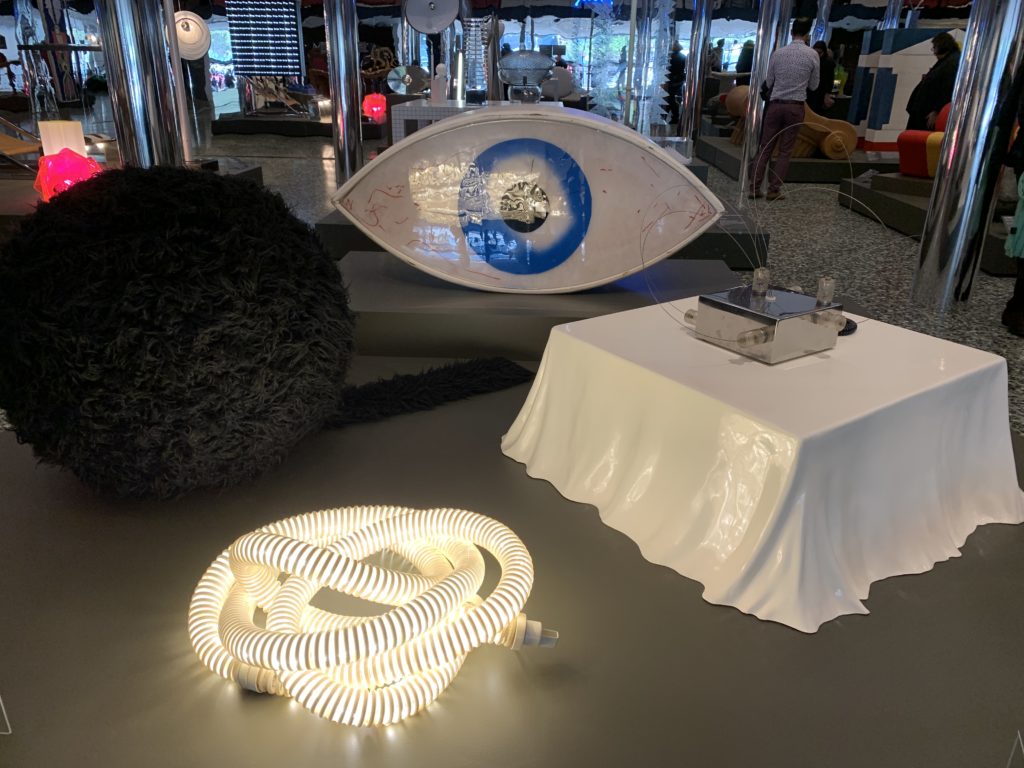
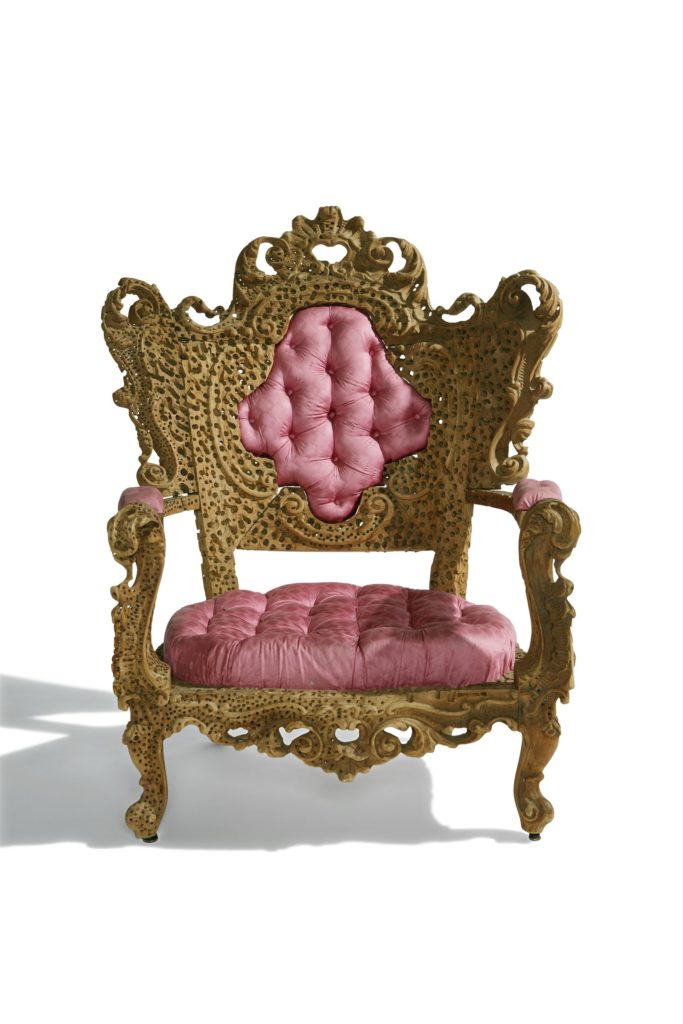

_md.jpg)
